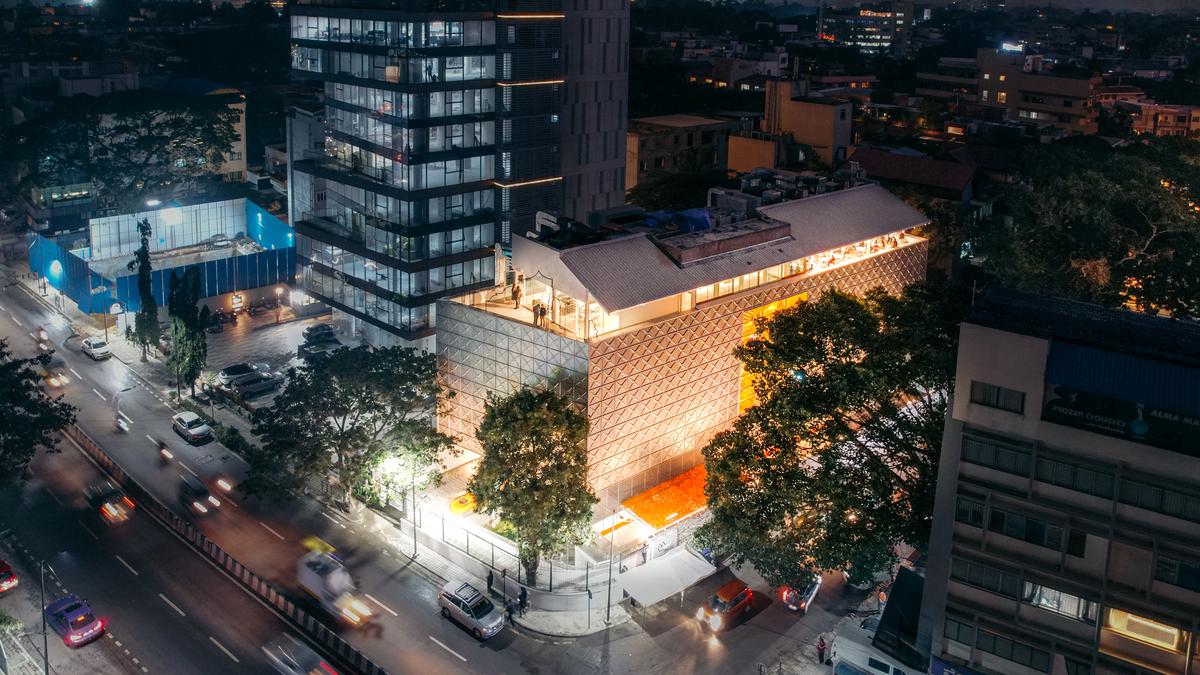Stir World
Museum of Art and Photography inspires a conversation on museums as a typology
“What is a museum? When we think about the architectural typology of the museum, we often forget that it all begins with the cabinet of curiosity. Having its origins in a fascination with the act of collecting curios or artefacts during European expeditions, museums have a colonial thread attached to them. Irrespective of where the museum was located, this was true. Best explained by Tapati Guha-Thakurta, in her book The Museum in the Colony: Collecting, Conserving, Classifying, Monuments, Objects, Histories: Institutions of Art in Colonial and Post-Colonial India, she writes the following when discussing the Kolkata Ajaib Ghar – “It is also about the differences in form, function and location that separated such a body from its metropolitan counterpart, such that it would never be mistaken “for its metropole, the British Museum,” such that the focus would be the issue of local knowledge that was specific to the needs and context of the Indian empire. The idea is to see the museum in India not just as part of the extensive knowledge-producing apparatus that was so central to the experience and the fantasy of the empire.” The architecture of the museums of the past was a clear marker of the prevailing ideologies of the time particularly in relation to the presumed culture of its geographical location.”
Read the full story in Stir World here.




